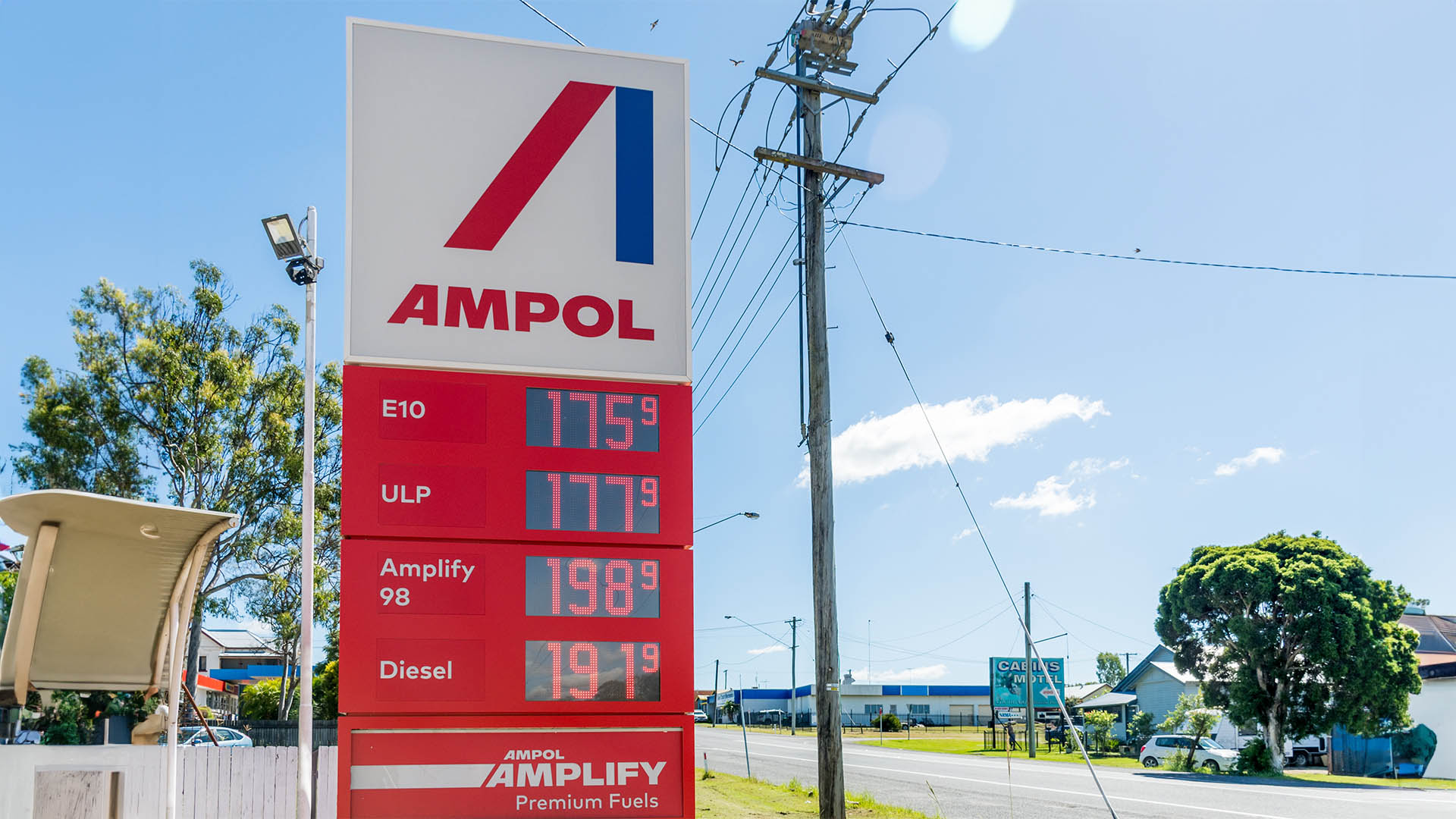by Richard Jones – Director, FSSA Investment Managers
As many economies have bounced back from the worst of the pandemic, concerns about central banks, the rate of money-printing and inflation have returned. Markets have responded to the arrival of better times by selling off bonds and bond-like equities. The stocks that benefited most from lower discount rates, have fallen. The most speculative, Covid-bolstered, technological and crowded end of the market have been hit the hardest.
Against this backdrop, many investors are considering how to position their portfolio for the post-pandemic world. In our view, the key is to remain focused on our investment philosophy, which is to seek high-quality companies to invest in for the long term.
Although we are bottom-up investors, we look to the powerful structural themes that support the underlying businesses we have invested in, such as the growing middle class, rising consumption, an ageing population, better healthcare and technological disruption.
This can be seen in the concentrated sector breakdown of our Asia Pacific portfolio, where the largest exposure is to consumer companies, with Consumer Staples and Consumer Discretionary businesses amounting to 25% of the portfolio according to MSCI’s categorisation.
However, these categories don’t tell the whole story. Investors need to look ‘under the bonnet’ of their portfolio to truly understand the themes that are driving returns. The sectors to which their portfolio holdings ‘look through’ may in reality tell a different story.
In our view, for example, Techtronic Industries, Shanghai International Airport (SIA) and Jardine Matheson are consumer-driven companies, even though MSCI classifies them as Industrials.
Home Depot accounts for 50% of Techtronic’s sales, while Chinese tourism (both domestic and international) should give SIA a strong tailwind. Although Jardine Matheson is a conglomerate, its two largest businesses (Jardine Cycle & Carriage and Dairy Farm) are both consumer businesses. We would additionally consider Voltas, the Indian air-conditioning manufacturer, to be another consumer business, although MSCI categorises it as another Industrial company. If you add all of that together, consumer companies more broadly account for 35% of our portfolio.
This is no accident. We see the growing middle class in India and China as one of our most important thematics. Thanks to these regions’ favourable demographics, we believe companies with dominant consumer franchises can offer good growth potential over the long-term.
Looking at technology, according to MSCI, Information Technology (IT) accounts for just 25% of our portfolio. However, Naver, Tencent and Seek are all categorised as Communications Services businesses, even though we see them as IT companies. But even that is not specific enough: all three are broad IT-platform businesses.
Together, they make up just under 10% of the portfolio. What really drives them is again the rising wealth of Asian consumers and the growing middle class. JD.com is already categorised by MSCI as a Consumer Discretionary business, which rather proves the point, in our view. Putting all of that together, IT accounts more correctly for around 35% of the portfolio.
We have tended to segregate the portfolio’s IT exposure into three segments: IT platforms, hard-tech, and IT services companies. Hard-tech companies manufacture and supply the global multi-nationals with components and services and includes Taiwan Semiconductor (TSMC), Mediatek, Largan and Advantech, with an exposure collectively of circa 15% of the portfolio.
Together, the IT services companies amount to about 10% of the portfolio. These Indian-based multi-national companies (MNCs) are, quite simply, digitising the world, and COVID has given them multiple additional tailwinds. We believe they are collectively very high-quality companies, with high returns, strong cash flow and typically net cash balance sheets. We own Tata Consultancy Services (TCS), Tech Mahindra and Cognizant in this sector.
The other major sector exposure is to financials which collectively account for approximately 25% of the portfolio. The main exposure is to the Indian private banks where we see plenty of growth runway for these high return-on-equity (ROE) compounding businesses. Though the news from India has latterly been dire in human terms, businesses appear to have mostly endured.
Outside of these three broad sectors, other company holdings cumulatively account for just 5% of the portfolio. These are companies that we consider individually attractive, such as Fanuc (the Japanese manufacturer of robots), Indocement in Indonesia and Central Pattana (the shopping centre owner in Thailand). Fanuc’s biggest source of growth has been China, with the business in particular benefiting from a recovery in the capital investment cycle in IT (particularly smartphones) and autos.
Ultimately, we think about portfolio construction on a company-by-company basis. We are benchmark agnostic and do not look at over- or under-weighting sectors or even countries. As we can see, sector classifications by the major index providers do not always tell the whole story. We believe we are better off holding firm to our bottom-up investment philosophy, and being clear on the growth drivers that underpin the companies we own.













